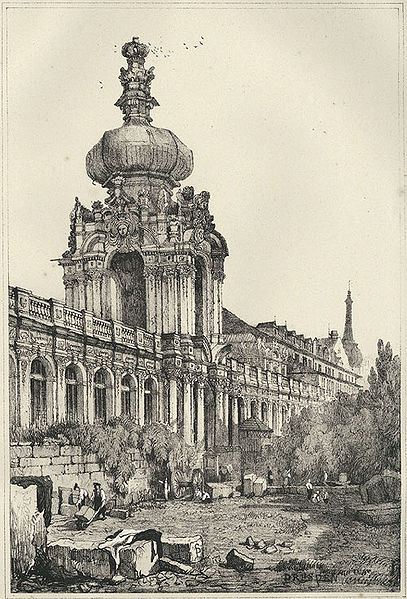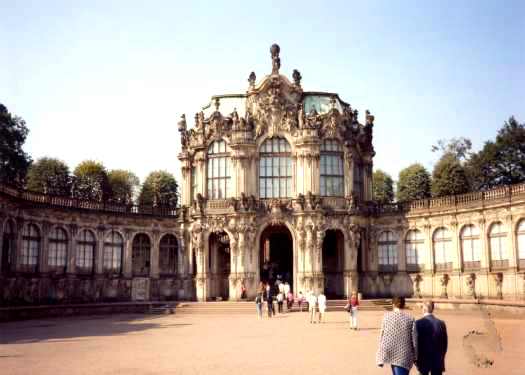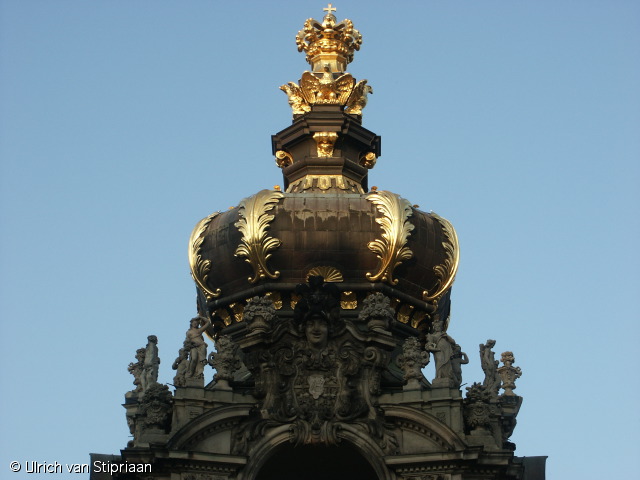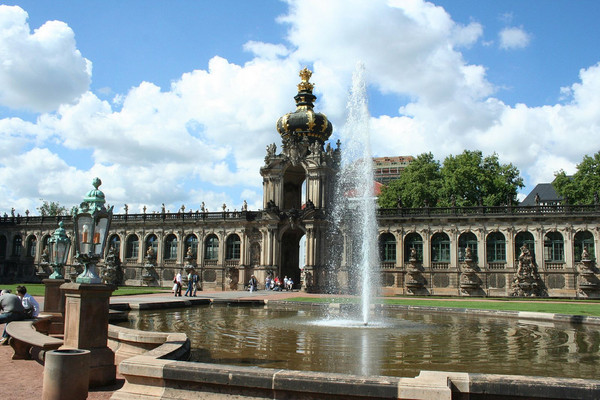<Back to Index>
- Political Scientist Niccolò di Bernardo dei Machiavelli, 1469
- Architect Matthäus Daniel Pöppelmann, 1662
- Prime Minister of Israel Golda Meir, 1898
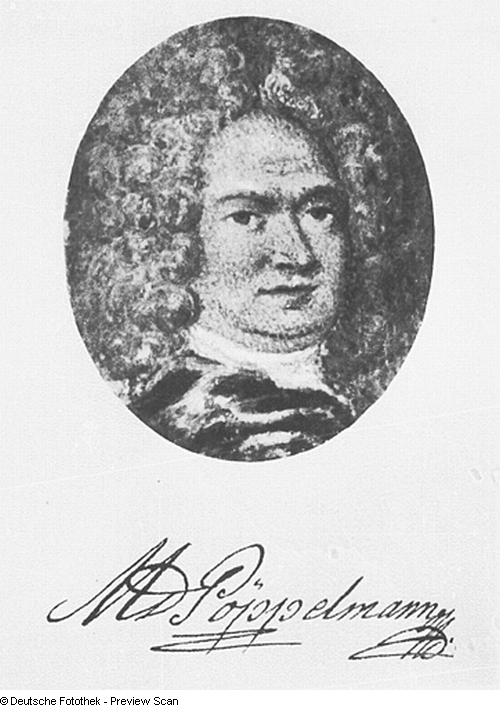
Matthäus Daniel Pöppelmann (May 3, 1662, Herford - January 17, 1736, Dresden) was a German master builder who helped to rebuild Dresden after the fire of 1685, and designed Dresden Castle and the Pillnitz church. As court architect for the Elector of Saxony he designed the grandiose Zwinger palace in Dresden. Pöppelmann, together with Johann Christoph Naumann, designed an urban plan for a portion of the city of Warsaw, Poland, which was only partially realized, including the Saxon Axis and other important streetscapes.
Born in Herford, Westphalia, he settled in Dresden in 1680, and from 1705 was in charge of palace rebuildings for Friedrich Augustus II (the Strong), Elector of Saxony (1694–1733) and King of Poland (1697–1704 and 1709–33). His masterpiece is the Zwinger, Dresden (1711–28), a space surrounded by single-storey galleries linking two-storey pavilions and a gateway of extraordinary inventive Rococo vitality. Part orangery, part grandstand, part nymphaeum, and part gallery, it was intended to enhance Augustus's status by allusions to Roman theatres, fora, and thermae. Richly embellished with architectural sculpture by Balthasar Permoser (1651–1732), the Zwinger was to be part of a vast new palace designed by Pöppelmann that showed influences from Hildebrandt and Carlo Fontana, but the Kronentor (crown-gate) (1713) of the Zwinger was derived from plates 60 and 100 in Pozzo's Prattica della Perspettiva, published in a German edition in 1708.
The
‘Indian’ Schloss Pillnitz, upstream on the Elbe (1720–3), has
charming Chinoiserie elements,
including the roofs, and is one of the largest C18 European buildings
in an oriental style. Pöppelmann was in charge of the alterations
at the Dutch (later Japanese) Palace, Dresden, from 1715, but
was gradually edged out by Longuelune whose flat elevations
were a marked contrast to Pöppelmann's work, and the job was
completed by de Bodt. From 1722 Pöppelmann worked on the
alterations and rebuilding of the hunting-lodge, Moritzburg,
again completed by Longuelune, and widened the C12 bridge over the Elbe
at Dresden by cantilevering raised footpaths from the edges of the old
structure. Iron railings were used to reduce the weight. The bridge
(1727) is seen to best advantage in Bernardo Bellotto's (1720–80)
views of the city. Pöppelmann designed
the Dreikönigskirche (Three Kings Church),
Dresden-Neustadt (1731–9), built by Georg Bähr,
who altered the project as it was under construction. His last works
were with Longuelune, preparing designs for a huge palace
in Warsaw, not realized.
